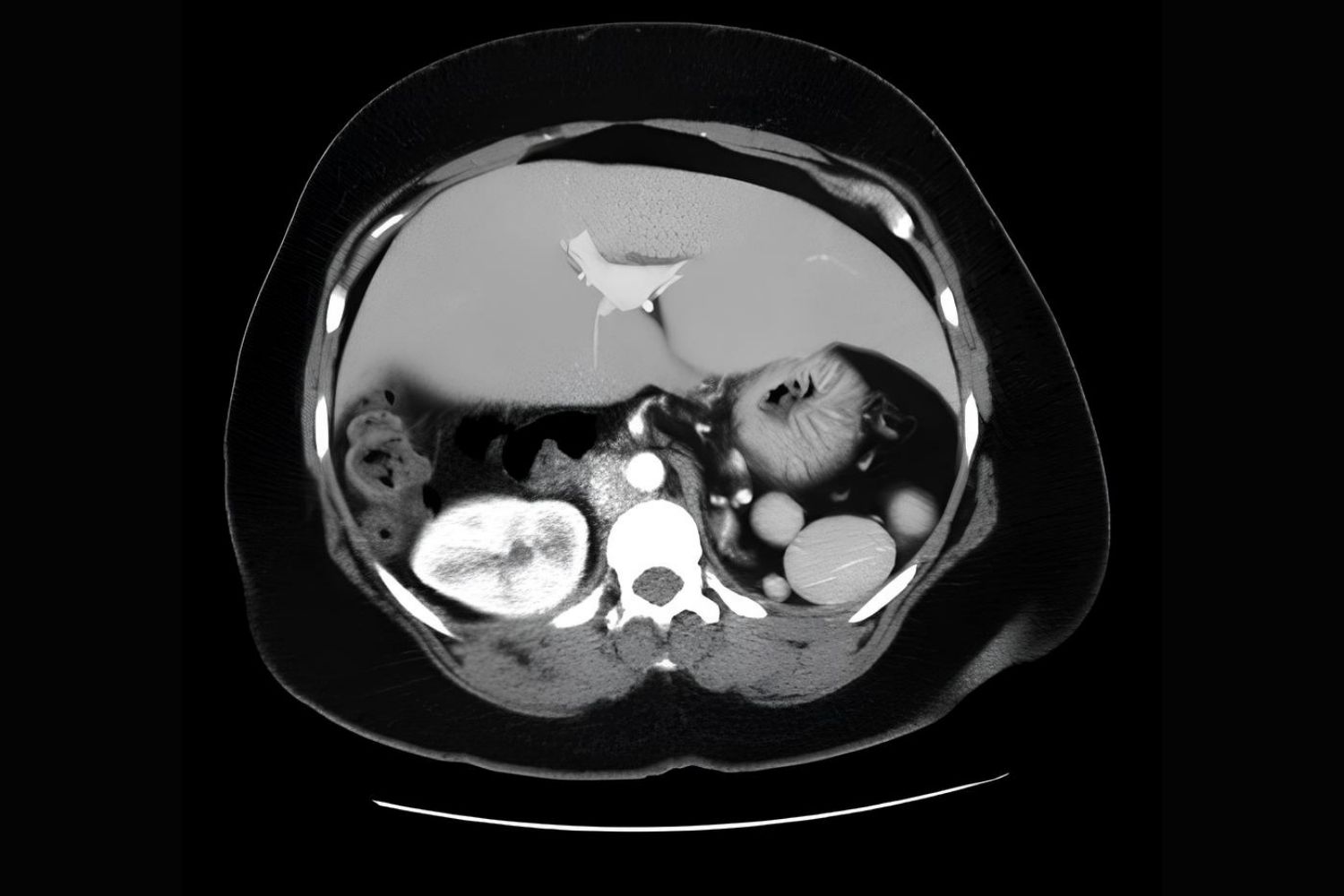
Heterotaxy is a rare condition where internal organs are abnormally arranged across the left-right axis of the body. This can lead to polysplenia (multiple small spleens) or asplenia (absence of a spleen). These variations can cause significant health issues, including heart defects, digestive problems, and increased infection risk. Understanding heterotaxy is crucial for managing these complications effectively. This article will provide 25 facts about heterotaxy, focusing on its causes, symptoms, and treatment options. Whether you're a patient, caregiver, or just curious, these insights will help you grasp the complexities of this condition. Let's dive into the world of heterotaxy and uncover its many facets.
Key Takeaways:
- Heterotaxy is a rare condition where organs are arranged abnormally, leading to heart and spleen issues. Regular monitoring, vaccinations, and specialized care are crucial for managing health challenges.
- Living with heterotaxy involves adapting to various challenges. Joining support groups, getting mental health support, and raising awareness can help improve the quality of life.
What is Heterotaxy?
Heterotaxy is a rare congenital condition where internal organs are abnormally arranged across the left-right axis of the body. This can lead to various health complications, particularly affecting the heart and spleen. Let's dive into some fascinating facts about heterotaxy with polysplenia or asplenia.
Facts about Heterotaxy
-
Heterotaxy Syndrome: This condition involves the abnormal arrangement of internal organs, which can lead to significant health issues.
-
Polysplenia: Individuals with polysplenia have multiple small spleens instead of one normal-sized spleen.
-
Asplenia: In contrast, asplenia means the absence of a spleen, which can severely impact the immune system.
-
Heart Defects: Many people with heterotaxy have congenital heart defects, making early diagnosis and treatment crucial.
-
Genetic Factors: Heterotaxy can be linked to genetic mutations, although the exact cause is often unknown.
-
Liver Position: The liver may be centrally located rather than on the right side, which is typical in heterotaxy cases.
-
Intestinal Malrotation: This condition often includes malrotation of the intestines, which can cause digestive issues.
-
Biliary Atresia: Some individuals with heterotaxy may develop biliary atresia, a blockage in the bile ducts.
-
Lung Lobes: The number and arrangement of lung lobes can differ from the typical pattern, affecting respiratory function.
-
Stomach Position: The stomach might be located on the right side instead of the left, which is unusual.
Health Implications
Heterotaxy with polysplenia or asplenia can lead to various health challenges. Understanding these implications helps in managing the condition effectively.
-
Increased Infection Risk: Asplenia increases susceptibility to infections due to the lack of a functioning spleen.
-
Immune System Support: Individuals with polysplenia may still have some immune function, but it is often compromised.
-
Regular Monitoring: Frequent medical check-ups are essential to monitor organ function and detect complications early.
-
Vaccinations: Vaccinations are crucial for those with asplenia to prevent infections.
-
Antibiotic Prophylaxis: Some patients may require daily antibiotics to prevent bacterial infections.
-
Surgical Interventions: Many individuals with heterotaxy need surgical procedures to correct heart defects or other organ issues.
-
Nutritional Support: Proper nutrition is vital, especially for those with digestive complications due to intestinal malrotation.
-
Physical Activity: Regular, moderate exercise can help maintain overall health, but activities should be tailored to individual capabilities.
Living with Heterotaxy
Living with heterotaxy involves adapting to various challenges. Here are some facts about daily life with this condition.
-
Specialized Care: Patients often need care from specialists in cardiology, gastroenterology, and immunology.
-
Support Groups: Joining support groups can provide emotional support and practical advice from others with similar experiences.
-
Educational Adjustments: Children with heterotaxy may require special accommodations at school to manage their health needs.
-
Mental Health: Managing a chronic condition can be stressful, so mental health support is important.
-
Family Planning: Genetic counseling can help families understand the risks of passing heterotaxy to future generations.
-
Awareness and Advocacy: Raising awareness about heterotaxy can lead to better resources and support for affected individuals.
-
Research and Advances: Ongoing research aims to improve understanding and treatment of heterotaxy, offering hope for better outcomes in the future.
Final Thoughts on Heterotaxy
Heterotaxy with polysplenia or asplenia presents unique challenges. Understanding heterotaxy helps in recognizing the complexities of organ arrangement and function. Polysplenia involves multiple spleens, while asplenia means no spleen. Both conditions can lead to serious health issues, including heart defects and immune system problems.
Early diagnosis and treatment are crucial. Regular check-ups and medical interventions can improve quality of life. Awareness and education about heterotaxy can lead to better support and resources for affected individuals and their families.
Remember, each case is unique. Consult healthcare professionals for personalized advice and treatment plans. Knowledge empowers, and staying informed is key to managing heterotaxy effectively.
Frequently Asked Questions
Was this page helpful?
Our commitment to delivering trustworthy and engaging content is at the heart of what we do. Each fact on our site is contributed by real users like you, bringing a wealth of diverse insights and information. To ensure the highest standards of accuracy and reliability, our dedicated editors meticulously review each submission. This process guarantees that the facts we share are not only fascinating but also credible. Trust in our commitment to quality and authenticity as you explore and learn with us.
